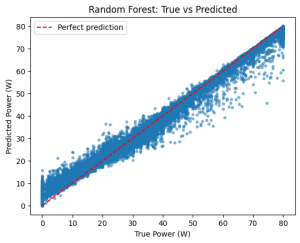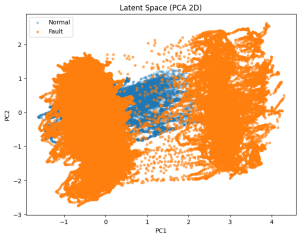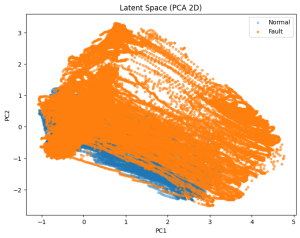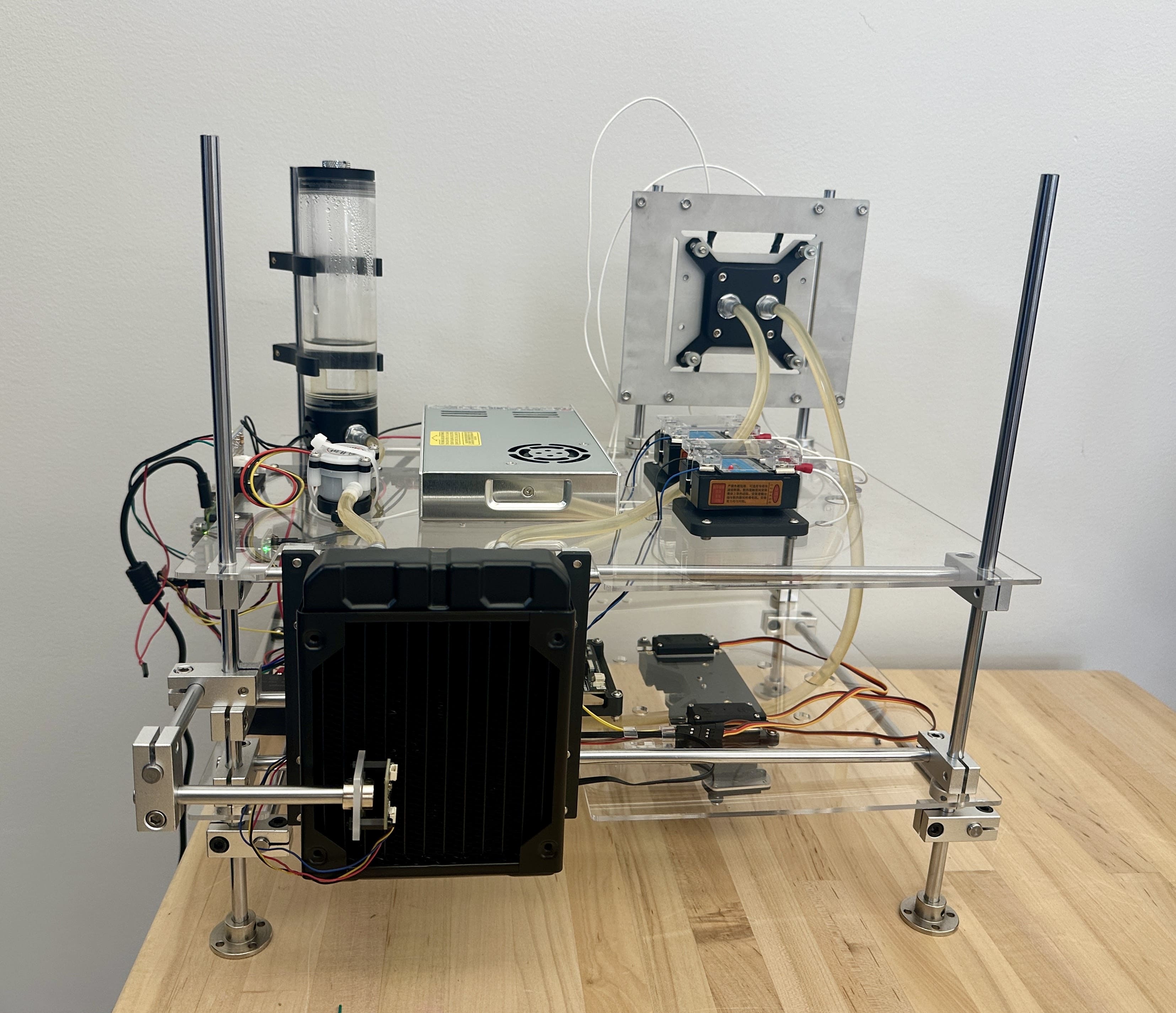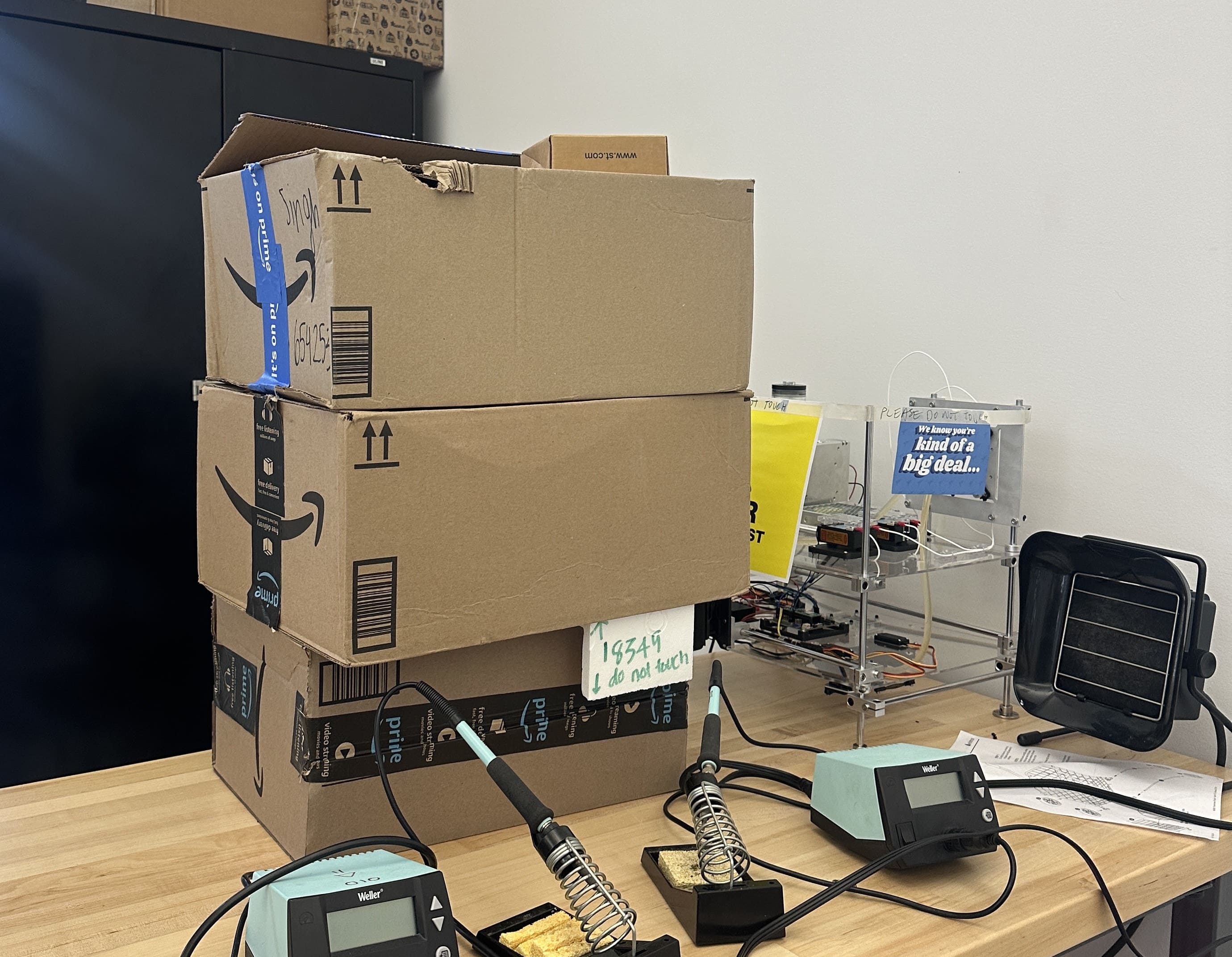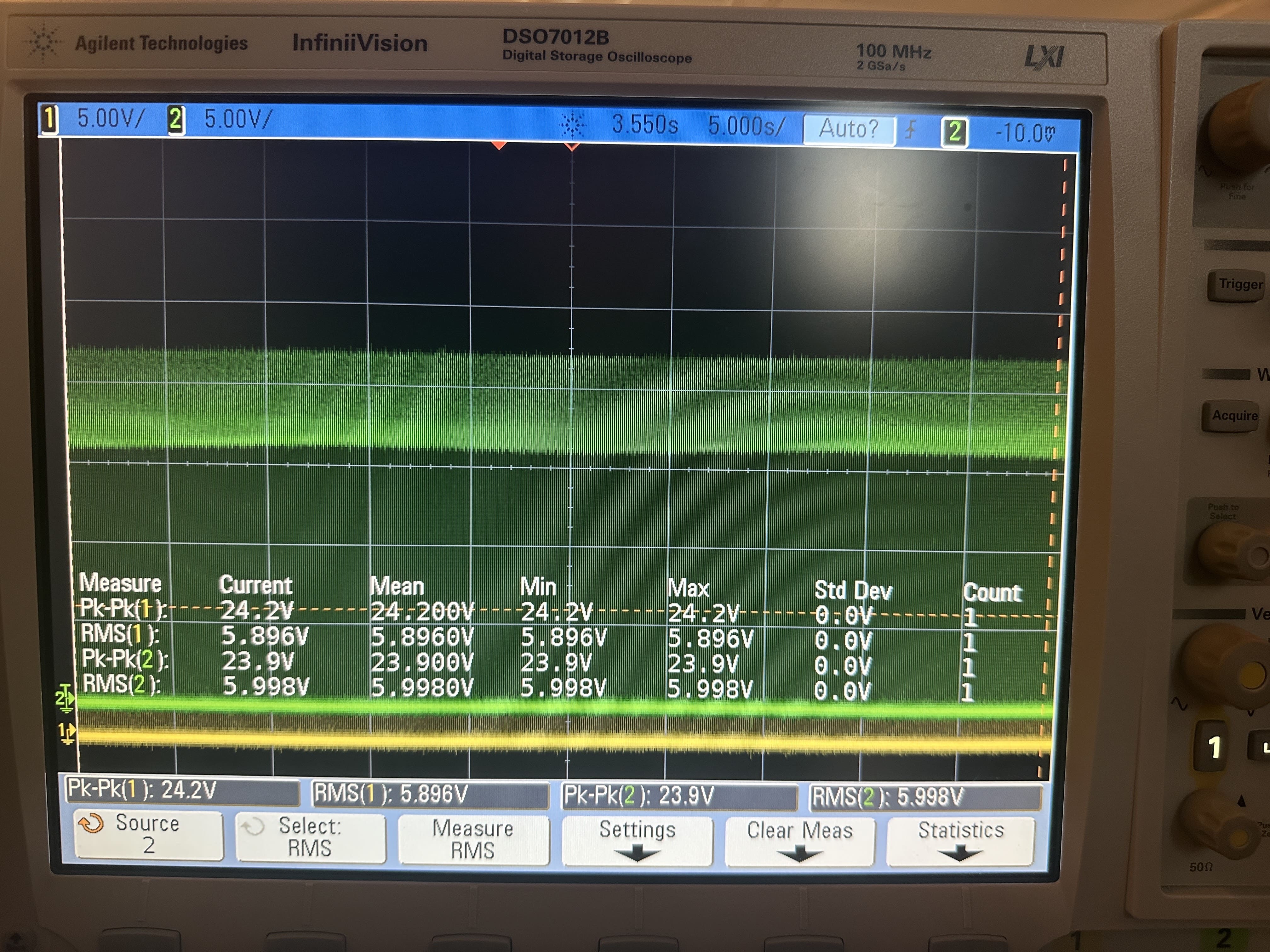Accomplishments
- Testbed coolant flush: Flushed out cooling loop because of yellow fluid and contaminants
- Data collection: Recollected normal dataset due to ambient temperature drift and coolant loop differences affecting inference
- ML model development: Retrained regression and autoencoder using updated normal data
- Updated autoencoder architecture to use delta temperature features only to lessen effect of ambient temperature changes
- Final deliverables: Started planning Final Report, Video, and Demo
- Took video of testbed for Final Video
- Split up Final Report sections
Significant Risks
- Model sensitivity: Since model is designed to detect small deviations, small drifts in ambient temperature, water levels, and other factors can cause the model to alert an anomaly
- Switched to delta temperature only features (no absolute temperatures)
- Tuned thresholds based on power levels
Design Changes
- No major design changes this week
Schedule Changes
- Project remains on track
- ML model tuning in progress
Testing and Results
- Servo Valve Flow Restriction Test: Ran servo through different PWM duty values and measured flow rate to map duty value to flow rate reduction
- Result: Mapped duty value to flow rate reduction with fit equation
- Heater / Power Delivery Test: Applied PWM values to the SSR and confirmed heater power using RMS voltage measured on oscilloscope
- Design Change: Found that power supply rating too low and had to purchase higher wattage power supply (300W)
- Result: Commanded power is accurate to actual measured Vrms
- Regression Model Prediction Accuracy Test: Compared predicted vs. measured CPU power on normal datasets
- Design Change: Replaced original linear regression model with a Random Forest after benchmarking several models
- Result: Random Forest achieved RMSE = 2.53 W
- Autoencoder Model Latent Space Test: Examined latent space separation between normal and fault windows and measured FPR and FNR
- Result: Model successfully differentiates normal from fault data
- FPR: 0.38%
- FNR: 0.64%
- Result: Model successfully differentiates normal from fault data
- Classification Model Accuracy Test: Evaluated classifier performance on distinguishing flow faults vs. power faults
- Result: Model successfully classifies flow fault and power fault
- FPR: 0.00%
- FNR: 1.06%
- Result: Model successfully classifies flow fault and power fault
- Latency Test: Measured timing from inference start to alert generation
- Result: Model meets 1s latency requirement
- Regression = 141 ms
- Autoencoder = 363 ms
- Classifier = 9 ms
- End-to-end = 825 ms
- Result: Model meets 1s latency requirement

